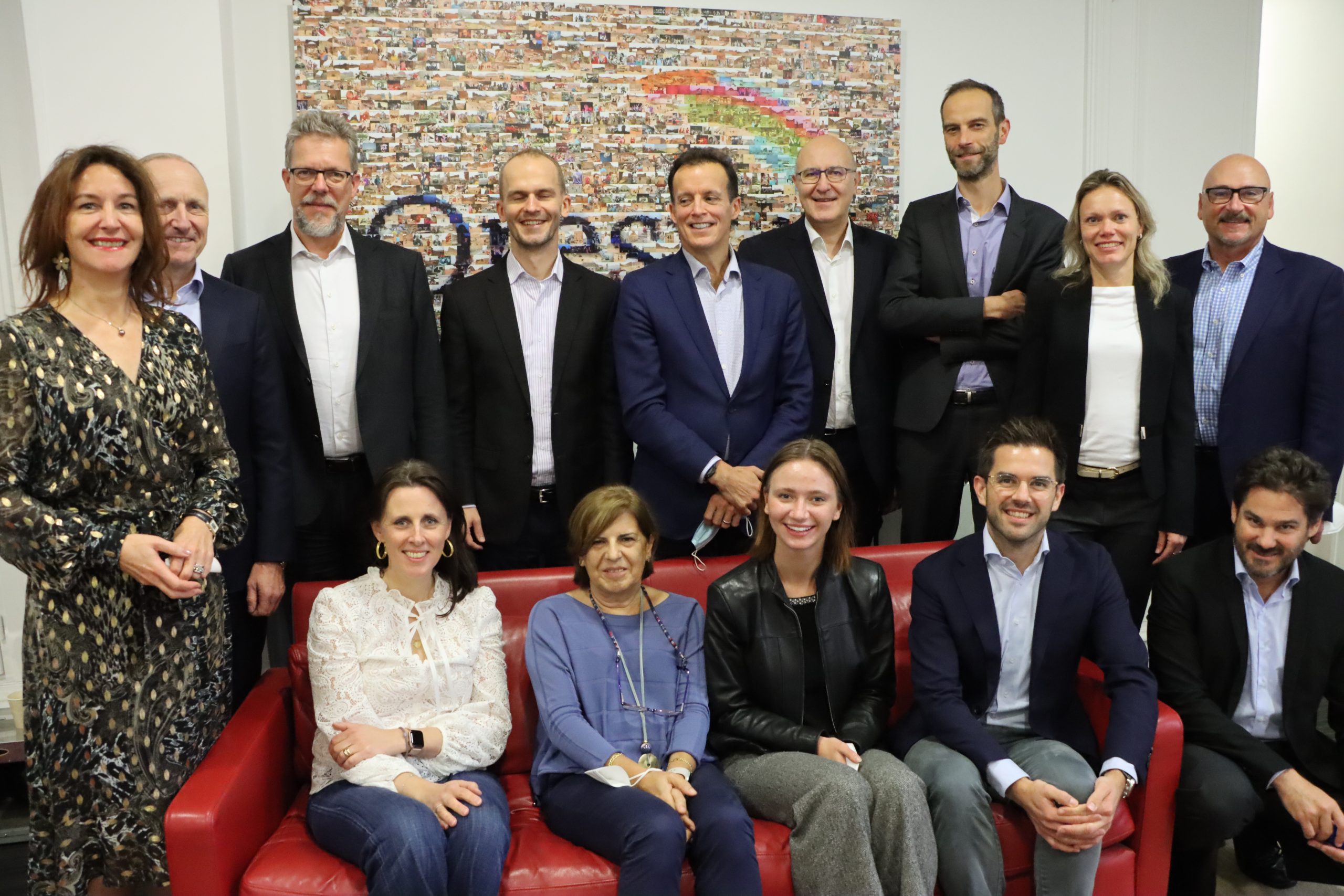Introduction
In a rapidly modernizing world, many organisations aim to transform their traditional infrastructure organisation into a dynamic, data-driven one. They are propelled by an ambition to progress from planned to predictive maintenance, maximize their budgets and financial efficiency, and take advantage of new technologies.
Information systems, based on data, make better and faster decisions about assets possible. However, implementing, structuring, and managing data gathering for automation and infrastructure can be a challenge. In order for data management to create real, viable results, it requires changes not only to the way work is organised, but also the way data is collected and used. As technology advances, so does the amount of data generated, which makes data management and strategy even more vital for success.
Cordence Worldwide member firms support organizations to achieve their goals in Digital Transformation. In March 2021, we coordinated the second International Peer Roundtable of leaders from transportation organizations to discuss the Asset Management impacts on their respective systems. The facilitated discussion inspired robust discussions on current challenges, adaptive strategies, solutions, and opportunities for data driven policy and decision making.
A clear strategy on data management
Several of the participants spoke of the use of technology in their data maturity journey, such as drones equipped with cameras, algorithms to process the images, and AI to detect problems proactively. One organisation developed an algorithm that boasts 80-85% precision, reducing human error and reallocating human effort. The implementation of technology has proven to be a time-consuming process requiring large financial investment, but one that sparked interest and enthusiasm among employees in an organisation that has taken significant strides in their journey.
Comparatively, another organisation shared the challenge of low trust in data quality, where the work culture had promoted decision-making based on individual engineers’ knowledge and experience. A key takeaway from the discussion on technology was the importance of having a clear, communicable strategy to identify the data points that provide valuable insights, and to avoid collecting excessive, unmanageable amounts of data, commonly referred to as data graveyards.
People and culture matter
The process of digitalising legacy data can illuminate the problems and cost-drivers of an organisation and allow management to demonstrate the ways in which daily operations can be improved for employees, providing a clear business case, and increasing the overall buy-in. Regarding challenges, one participant addressed the complexities in implementing changes while working alongside highly unionised workforces and the forthcoming challenge of digitalising asset management. Leaders alike agree on the importance of strong change management, and workforce involvement. Data and Asset Management cannot be successful without employee participation, and end users’ involvement in the change process, as well as in defining requirements, responsibilities, and analytics, helps to strengthen engagement and reduce the periods of insecurity and resistance. To successfully include workers and their efforts, clear governance and priority management is crucial., as well as a culture to support change. This can be championed by a community of Super Users, identifying ambassadors of change, or developing a strong planning division.
Wrap up: from planned to predictive maintenance:
The discussion between leaders from European organisations in various stages of data maturity shows that intentional investment can result in significant gains in terms of efficiency and cost-savings, as well as increasing an assets’ lifespan. To sum-up, some of the key themes from around the world included:
• From Planned to Predictive Maintenance – The ability to transform from standalone maintenance work to maintenance campaigns can increase efficiency, without compromising safety, and potentially extend asset lifespan.
• Data Capture + Quality – Many Asset Management organizations have a long history, but with minimal insight as to how efficient their activities are. Building out thesystems for quality data capture helps to identify where too much or too little effort is expended.
• Business Cases + Technology – New technologies, algorithms and innovations can be strong drivers to achieve efficiencies and support new business models.
• Change Management + Governance – Resistance to change is natural. Involving the frontline in the strategy development is key. A planning division can help ensure governance and execution through to vendors/suppliers. Strong change management is needed at every stage.
• Realizing the results – Intentional investment in the data maturity journey results in significant profit from efficiencies, resulting in cost-savings and even drastically extended lifetime of assets






